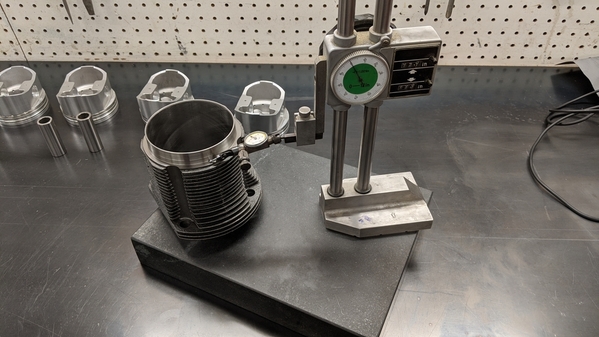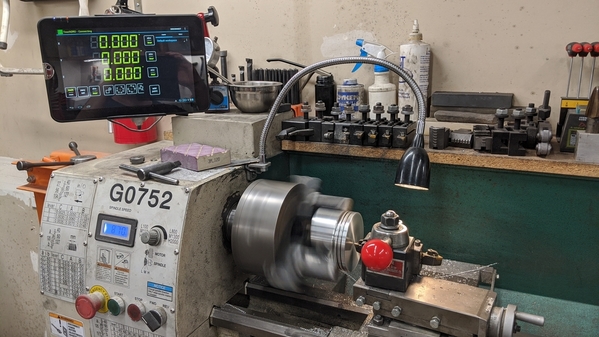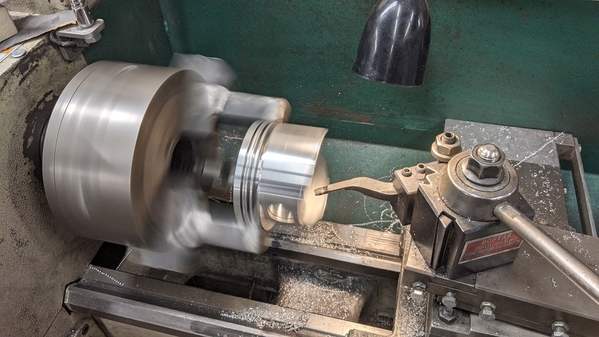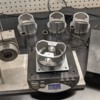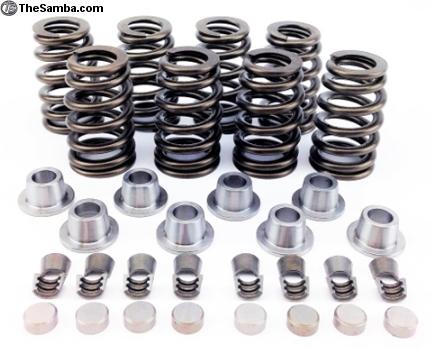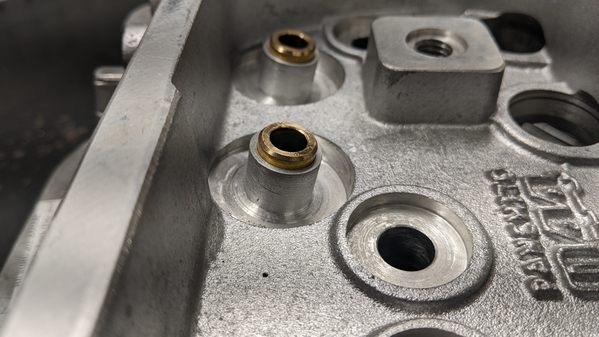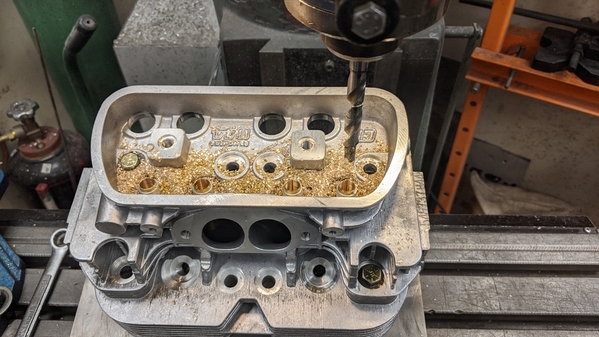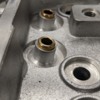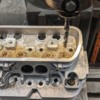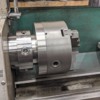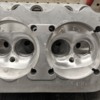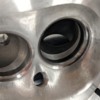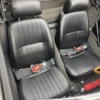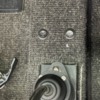It's been a busy time in Lake Woebegon.
Spring has come and gone (mostly), and your humble protagonist has been busy shoveling money into the boilers of progress. If you recall, this particular project had 3 facets:
- The transaxle
- The seats
- The engine
Most of the focus of this forum has been on the engine (and various interesting rabbit-trails), which I'll get back to-- but items number 1 and 2 are complete, and the car has been back on the road for a month or so with a "spare" 2110 I've got for just such instances. The car went back on the road about a month ago-- just in time for one of the wettest Mays on record. I've only put about 300 mi on it since then, but here's where we are:
The transaxle got taken apart and re-geared (yet again). It got a reground Super Beetle mainshaft, a new (Weddle) 3rd geat, and we reused my .93 4th, as well as the China-Doll 3.44. I also got a new Super-Diff, which means my ZF LSD is in a box waiting for the Canadian border to open so it can be sent to Bruce Twiddle for a rebuild. The box got new syncros and German bearings (as needed), as well as various this-'n-that, which Anthony provided as part of the rebuild. Initially, I filled it with Mobil 1 GL5 oil which proved to be too slippery for the syncros to work. After crunching gears for about 50 miles, I sold some investment property, traded some shards of the true cross, and purchased some RedLine GL4 synthetic 75W/90 from our (only) local speed shop (Winner's Circle Racing). This oil was much better, but I ordered (Anthony's recommended) Brad Penn 80W/90 GL4 dino-oil from Summit Racing, and drained the liquid gold into the waste oil tank (we had a moment of silence). The syncos are loosening up and I'm feeling good about the noises the box is making.
I like the gearing well enough to call this done. 5 forward gears would be better, but my reasons for not heading down that road are well documented. I'm running CB's rhino mounts on both the front and back now, and I installed a spring-center clutch instead of the copperhead disc I've used for years. I've always run a Stage 2 PP in this car, as my wife doesn't drive it. All in all, I think this is a nice setup, and an actual step toward sanity, which was the whole reason I started down this road.
... which gets us to the second part of the program, which was the seats.
I never cared for the seats that came with the car. They were beautiful, and covered with the finest Italian hides, but even though Henry lowered them as far as he could-- they were way too high for me.
I lose track of time, but at some time in the middle-distant past (10 years? 12?), I bit the bullet and bought a set of Fibersteel seats and mounted them directly to the floor on a "flippable" hinge arrangement that allowed the seats to fold forward. It was less handy than it sounds, and took about a month of evenings to fabricate.
I loved those seats, but I had mounted them so that they sat evenly in the car, and Jeanie could barely see over the dashboard. She really did look like an 8 year old, sitting in the front of her dad's 3500 Ram diesel dually for the first time without a booster. In addition, she was uncomfortable in the Gemini Rocketman seats.
It never mattered, because our preferred method of long-distance travel was to buy her a plane ticket, and I would go on a Banzai run to get to our destination. The only firm time about the trip was that I would appear at the arrival door and pick her up in the car. We'd motor around Tahoe or down the PCH for a week or 10 days, then I'd get her back to the airport and beat it home across the country.
In 2017, we did the Tour de Smo in west NC. There are no airports with flights from Peoria in west NC, and it's only 10 hrs or so of driving from Morton to Maggie Valley. My lovely bride agreed to ride along with me. In gratefulness, I bought an EMPI VW replacement seat (which is a Chinese ProCar copy) and bolted it in the car on sliders. The experience was transformative for her-- she loved it. She could see out, she liked the lumbar support, it reclined, it had a head rest, and she was comfortable for the entire trip.
It was also as ugly as a mud fence, sitting there in all it's vinyl glory next to my sper-duper Gemini Astronaut seat
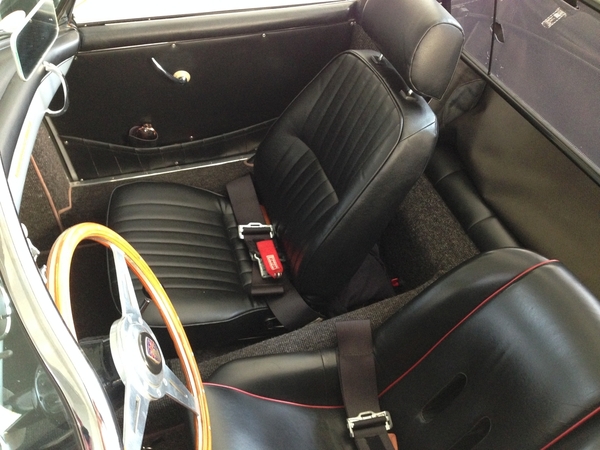
I tried it out on the driver's side to see how it fit. The top frame of the windshield was roughly even with my nostrils. The seatback felt like somebody had upholstered over a football. It was completely unworkable.
But, as there was no taking the passenger's seat out, I decided I would order a driver's seat, tear it apart, remake the bottom frame, install seat heaters, and get both seats reupholstered in leather. I started on this part of the project just before Christmas.
I wish I'd have taken pictures along the way, but I made a seat frame that reused the springs, but recessed the seat sliders into the side bolsters of the bottom cushion. I cut the seat pad foam on a pretty aggressive angle, so that the foam at the seatback is only about an inch thick, and the springs are skimming the carpet. Even though the seat base and foam were on as aggressive an angle as I could make them, I still mounted them an inch higher in the front, so that the entire seating surface pitches me back very aggressively. I reshaped the rear cushion to take out all of the lumbar. I kept cutting foam until it felt comfortable.
I bought some Water Carbon seat heaters on Amazon, and took them to Twin Cities Upholstery, right as the COVID shutdown was moving into place. Twin Cities was essential, but they were buried recovering chairs and booths for non-essential restaurants all over central Illinois. They still did the job in about 5 weeks, which I thought was amazing.
While I waited, I wired up the seat heaters, adding a relay so that the seat heaters are "keyed". I might have gotten carried away with how I did it, but if a QC inspector from a nuclear plant ever looks at the wiring, he'll be satisfied. It was a good thing the transaxle was out for this part of the program.
I got the transaxle back in the car right about when the seats were done. I picked them up and put them in at the end of April, then put the 2110 in during the same burst of activity. I'm pleased with how they turned out-- they are comfortable for 2 people with very, very different physiologies, and look like they belong. Don't tell Jeanie, but I think I may like them even better with my older bones.

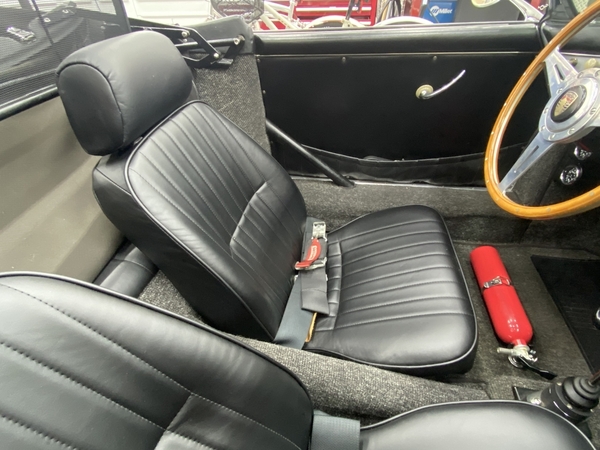

I'll have an update on the engine as time allows-- but for now, I'm back in business. It feels really good.


